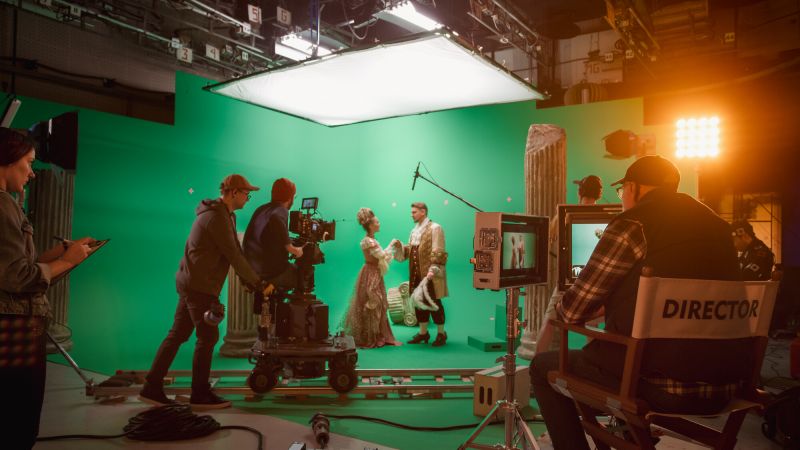Colours of Glory, Colours of Trickery: Hero and His Opposite in Irish and Serbo-Croat Narratives
Dean Miller
University of Rochester
Abstract
After a brief glance at the general, theoretical view of ‘symbolic color,’ this paper will move from some particular aspects of the Indo-European symbolic palette (e.g., Jan de Vries’ early work) to more recent explorations of the subject by Joël Grisward, Nick Allen and Emily Lyle. The main focus here will be on the “brilliant” hero as displayed in the Serbo-Croat heroic songs (in particular, the guslar Avdo Međedović’s Smailagić Meho) and in the figures of Cú Chulainn and others (e.g., Fer Diad) in the Táin. Color used for effect, and as showing or projecting affect, color used merely as a decorative addition, poetic (or formulaic) uses of color are also appropriate subjects here. The second theme will be the Trickster’s coloration, as exemplified by Tale Budalin (or Tale the Fool) in the Serbo-Croat materials, and Iliach mac Cass in the Táin (with a side-look at the Irish Dagda and some Norse evidence). Non-color (drabness, dappling, and motley), the symbolic significance of the ‘color’ gray as intermediate, disguising, sinister, supernatural, and otherwise ‘anti-heroic’ (especially as a marker of age) all are worth our attention – perhaps we can construct or recover a ‘drama of opposition,’ in living color. Some final remarks will concentrate on the symbolic spectrum, of colors and their meanings, used in these two “heroic” Indo-European contexts.











